
by David Levinson
Voyages into the known
Readers over 30 may remember Thor Heyerdahl and his Kon-Tiki expedition of 1947. He hoped to prove that the Pacific islands had been reached from South America before Polynesians got there from the west. The balsa log raft he built eventually ran aground in the Tuamotu archipelago in French Polynesia, demonstrating that such a voyage was at least possible. However, most archaeologists and anthropologists consider it far more likely that any contact between Polynesia and the Americas (there is some highly inconclusive evidence) was initiated by the Polynesian people, who have a proven track record of crossing vast distances into the unknown.
In any case, Heyerdahl has inspired a number of imitators hoping to travel farther, including some attempts to travel west to east. On May 29th, Spanish sailor Vital Alsar Ramirez started his second attempt to sail from Ecuador to Australia. The first attempt in 1966 failed after 143 days when the raft was rendered no longer seaworthy by teredo worms.
The new raft, dubbed La Balsa, has one major improvement over the Kon-Tiki: a moving keelboard. This will allow the raft to be steered toward more favorable currents, where Kon-Tiki could only drift with assistance from the simple square sail. Such keelboards are known to Ecuadoran natives and so are a perfectly reasonable addition. Best of luck to the four men aboard.
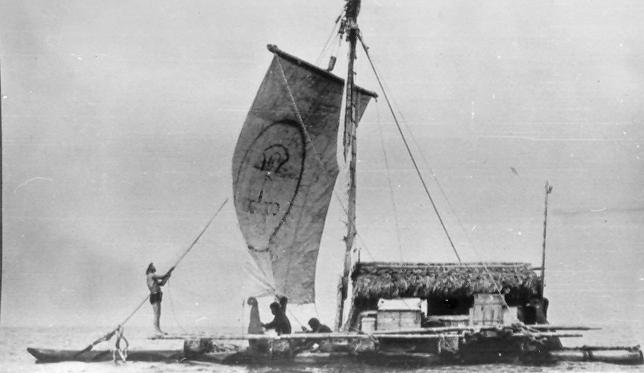 La Balsa puts to sea.
La Balsa puts to sea.
Speaking of Thor Heyerdahl, his current interest is in demonstrating that ancient Egyptians could have reached the Americas in reed boats. His first attempt last year aboard the Ra got within about 100 miles of the islands of the Caribbean before it became so waterlogged it began to break apart. Now he’s giving it another go.
The Ra II features a tether to keep the stern high, which should help keep the boat from suffering the fate of its predecessor. This is something the original ought to have had; such tethers are clearly visible in ancient Egyptian depictions of reed boats. The crew also plan to take marine samples along the way to study ocean pollution. The Ra II set out from Morocco on May 17th.
Of course, as with the Kon-Tiki, proving that such a voyage could have been made won’t prove that it was. The Egyptians were never great sailors, generally contracting ocean navigation out to more maritime cultures of the eastern Mediterranean. Still, best of luck to Heyerdahl and his crew as well.
 The Ra II under way. Note the tether keeping the stern high.
The Ra II under way. Note the tether keeping the stern high.
Polishing the family silver
Science fiction has a lot of tried and true plots, some better than others. But good writing can occasionally make a hackneyed, sub-par plot something better, and bad writing can turn an intriguing concept into a slog. Fortunately, this month’s IF has a lot more of the former.
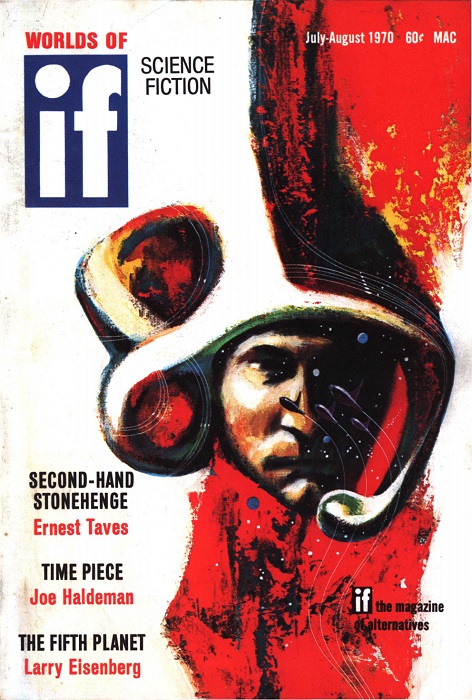 Suggested by “Time Piece”. Art by Gaughan
Suggested by “Time Piece”. Art by Gaughan
Continue reading [June 4, 1970] Something old, something new (July-August 1970 IF)

![[June 4, 1970] Something old, something new (July-August 1970 <i>IF</i>)](https://galacticjourney.org/wp-content/uploads/2025/06/IF-1970-07-Cover-472x372.jpg)
![[April 2, 1970] Being Human (May-June 1970 <i>IF</i>)](https://galacticjourney.org/wp-content/uploads/2025/03/IF-1970-05-Cover-472x372.jpg)

 Archbishop Makarios III visiting the Greek royal family in exile in Rome earlier this year.
Archbishop Makarios III visiting the Greek royal family in exile in Rome earlier this year.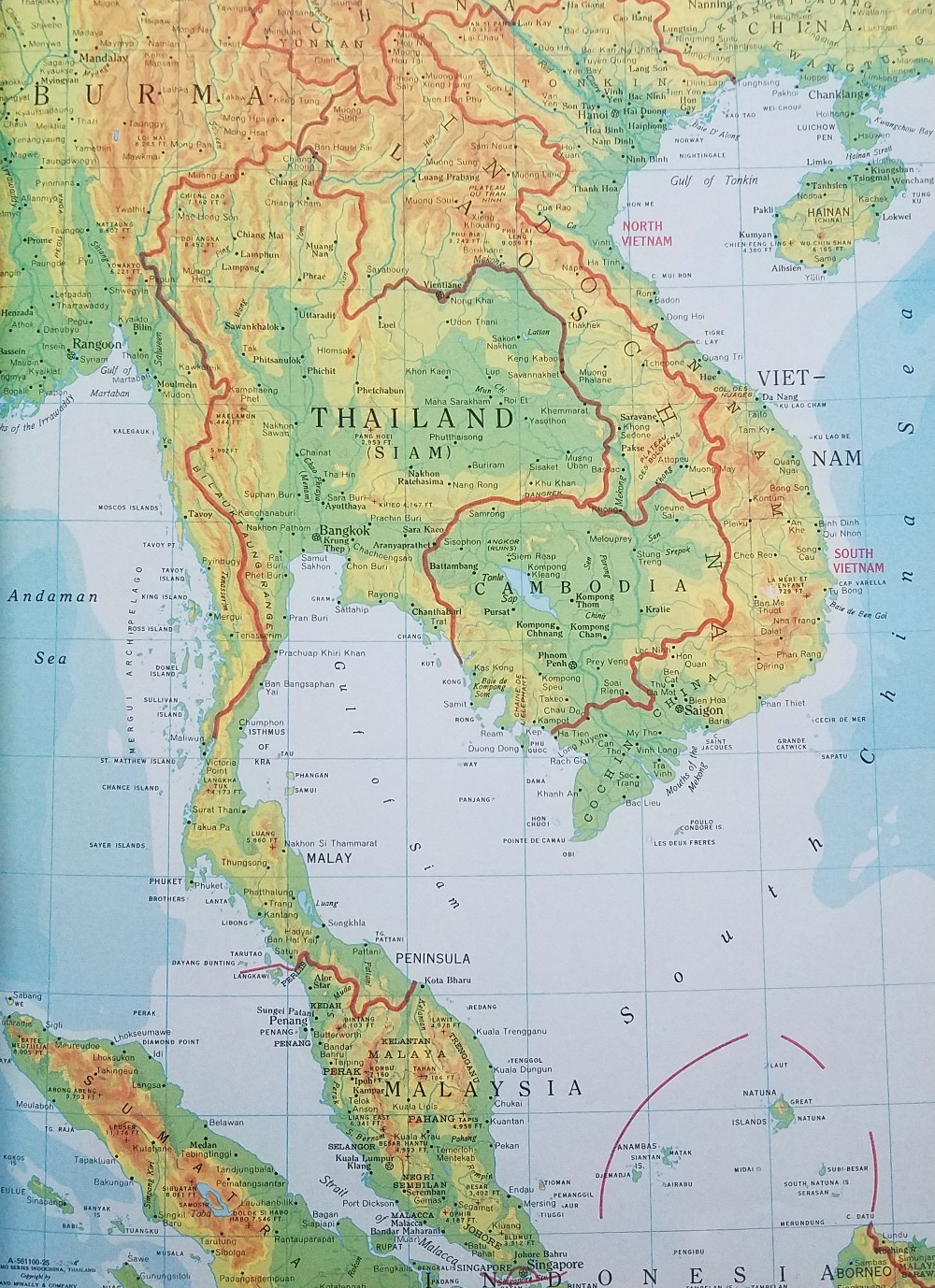
 l: Prince Sihanouk in Paris shortly before his ouster. R: Prime Minister Lon Nol.
l: Prince Sihanouk in Paris shortly before his ouster. R: Prime Minister Lon Nol.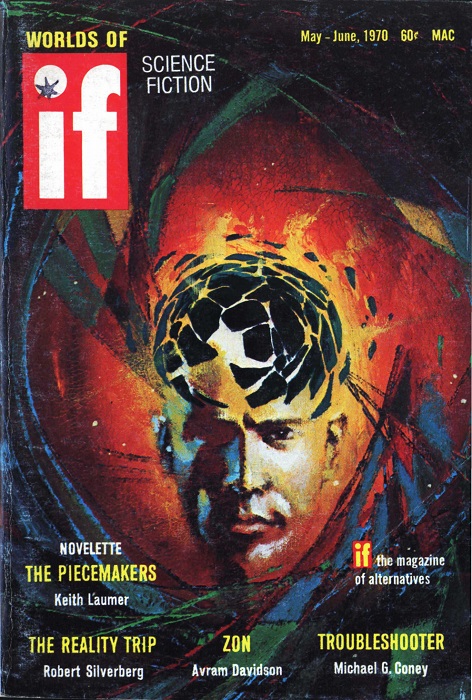 Suggested by Troubleshooter. Art by Gaughan
Suggested by Troubleshooter. Art by Gaughan![[March 2, 1970] Par for the course (April 1970 <i>IF</i>)](https://galacticjourney.org/wp-content/uploads/2025/02/IF-1970-04-Cover-476x372.jpg)
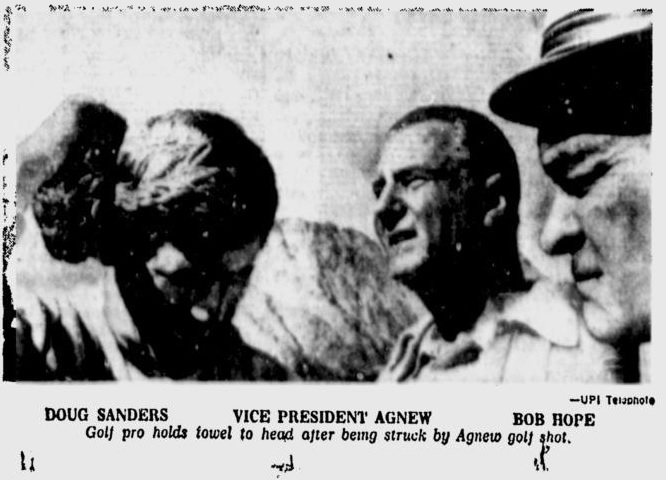 Wire photo of the aftermath.
Wire photo of the aftermath.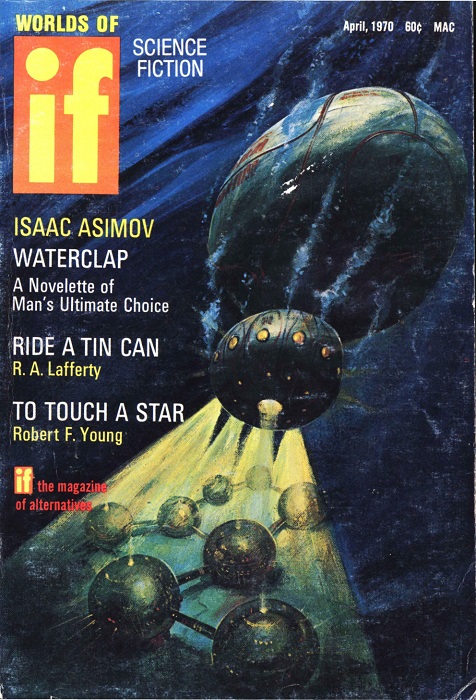 Arrival at Ocean-Deep. Art for “Waterclap” by Gaughan
Arrival at Ocean-Deep. Art for “Waterclap” by Gaughan![[February 2, 1970] Deceptive Appearances (March 1970 <i>IF</i>)](https://galacticjourney.org/wp-content/uploads/2025/01/IF-1970-03-Cover-479x372.jpg)
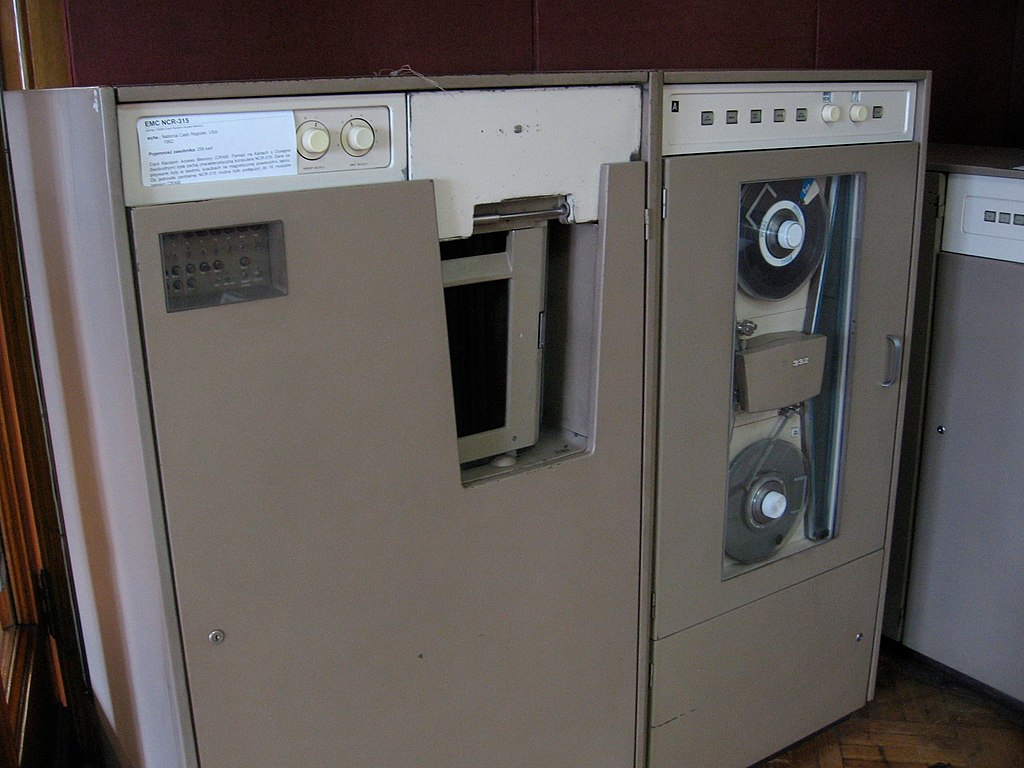 The arbiter, an NCR 315.
The arbiter, an NCR 315.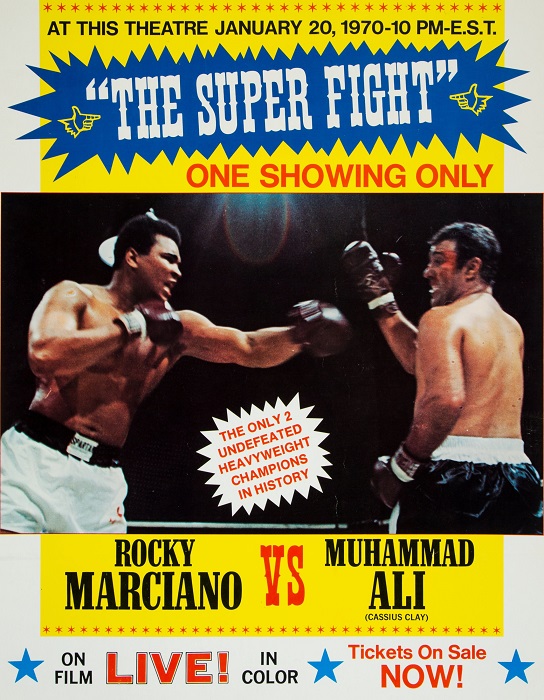 Movie poster for the event. That “LIVE!” is a little deceptive, which is something else Ali is complaining about.
Movie poster for the event. That “LIVE!” is a little deceptive, which is something else Ali is complaining about.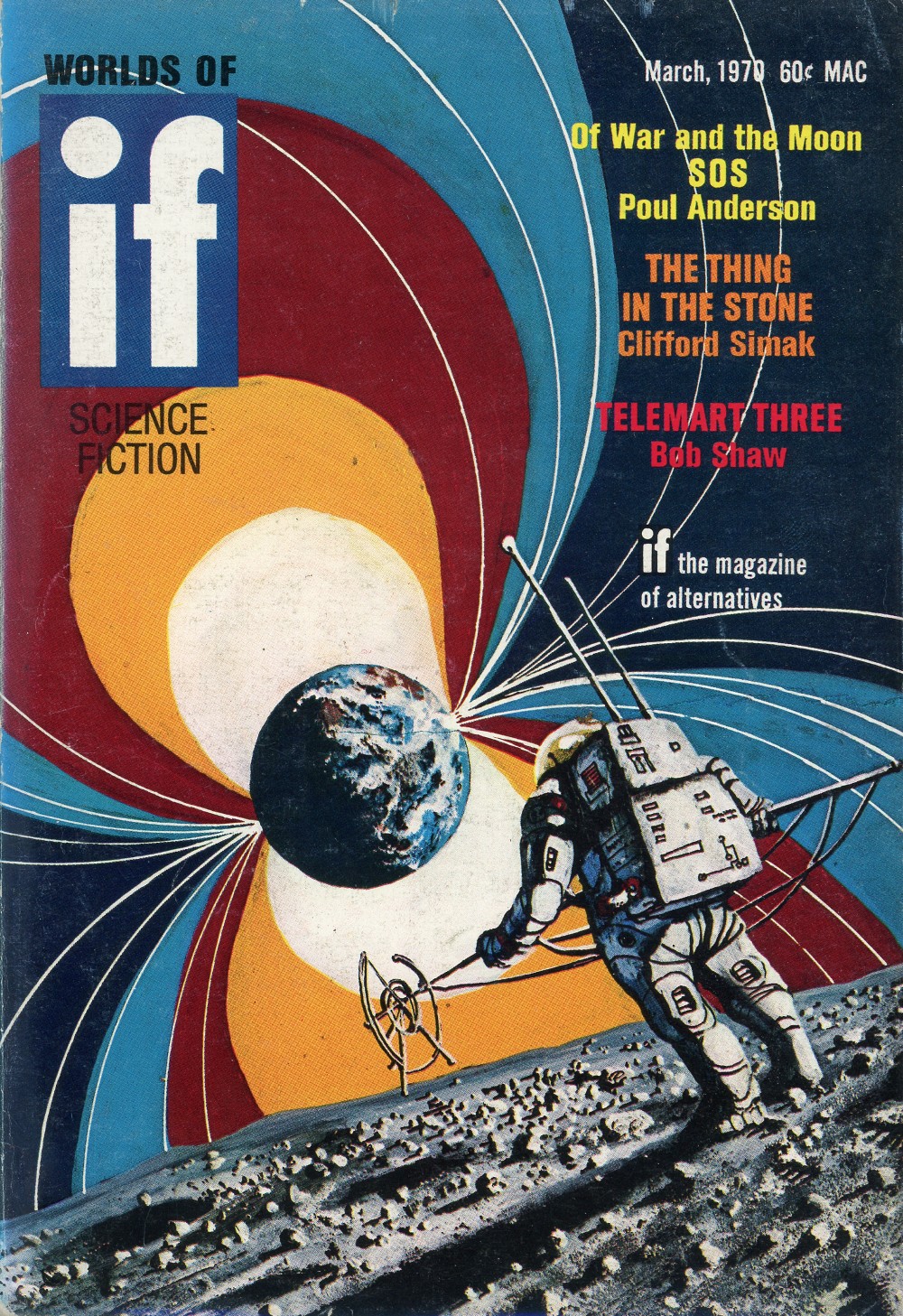 Art actually for “SOS,” rather than just suggested by. Maybe because it’s by Mike Gilbert, not the overworked Jack Gaughan.
Art actually for “SOS,” rather than just suggested by. Maybe because it’s by Mike Gilbert, not the overworked Jack Gaughan.![[January 2, 1970] Under Pressure (February 1970 <i>IF</i>)](https://galacticjourney.org/wp-content/uploads/2024/12/IF-1970-02-Cover-500x372.jpg)
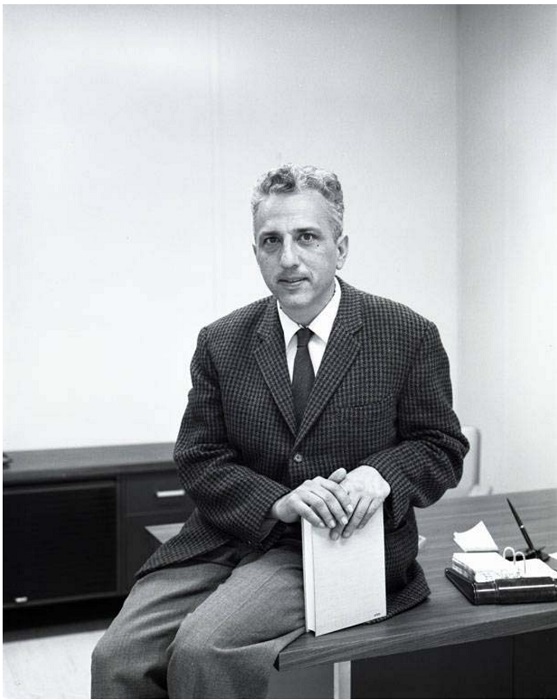 Dr. Edward D. Goldberg of the Scripps Institute of Oceanography in La Jolla, California
Dr. Edward D. Goldberg of the Scripps Institute of Oceanography in La Jolla, California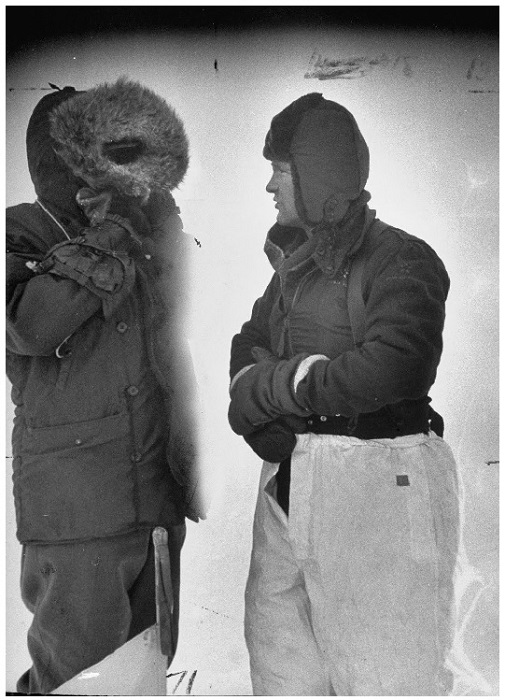 Col. Fletcher (r.) on his ice island in 1952. This was the most recent photo of him I could find.
Col. Fletcher (r.) on his ice island in 1952. This was the most recent photo of him I could find.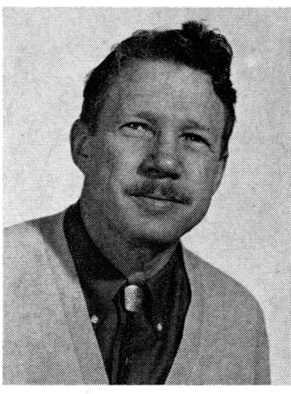 Dr. William W. Kellogg of the National Center for Atmospheric Research, in Boulder, Colorado
Dr. William W. Kellogg of the National Center for Atmospheric Research, in Boulder, Colorado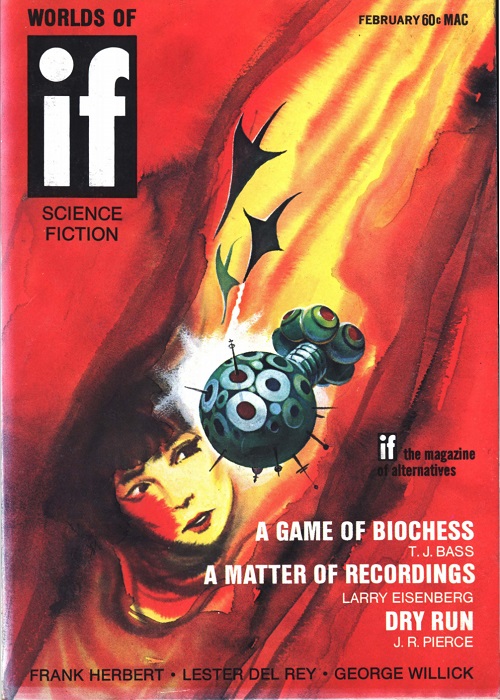 Cover by Gaughan. Supposedly suggested by Whipping Star, but it looks more like it illustrates Pressure Vessel to me.
Cover by Gaughan. Supposedly suggested by Whipping Star, but it looks more like it illustrates Pressure Vessel to me.![[December 2, 1969] Communication Breakdown (January 1970 <i>IF</i>)](https://galacticjourney.org/wp-content/uploads/2024/11/IF-1970-01-Cover-478x372.jpg)
 Vice President Spiro Agnew addressing the Midwest Regional Republican Committee.
Vice President Spiro Agnew addressing the Midwest Regional Republican Committee. White House Press Secretary Ron Ziegler
White House Press Secretary Ron Ziegler![[November 2, 1969] Love and Hate (December 1969 <i>IF</i>)](https://galacticjourney.org/wp-content/uploads/2024/10/IF-1969-12-Cover-505x372.jpg)
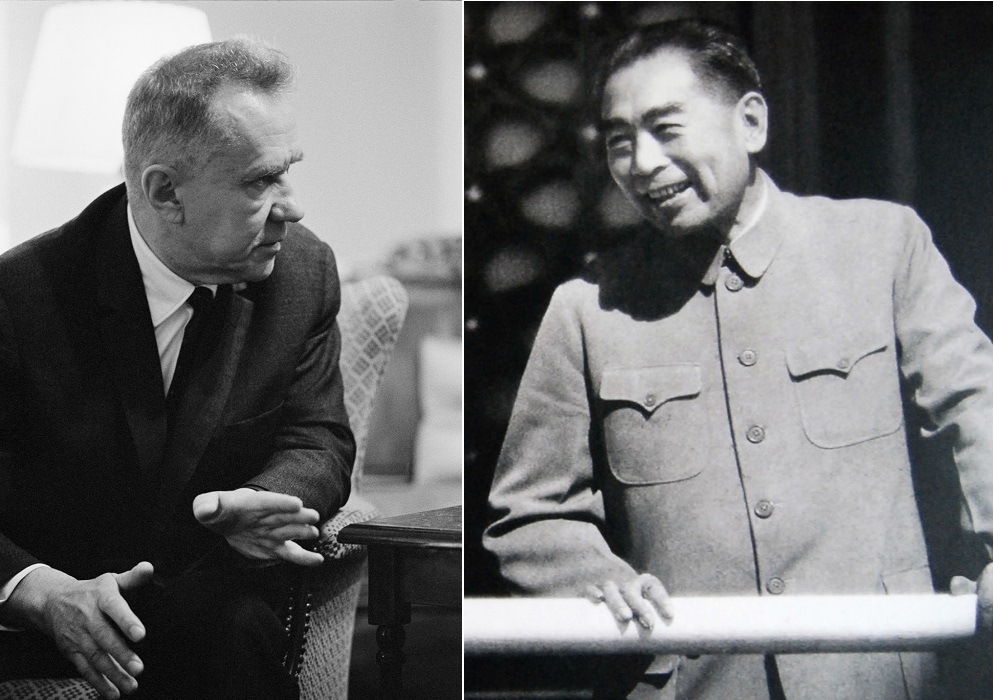 l. Soviet Foreign Minister Alexei Kosygin, r. Chinese Foreign Minister Chou Enlai
l. Soviet Foreign Minister Alexei Kosygin, r. Chinese Foreign Minister Chou Enlai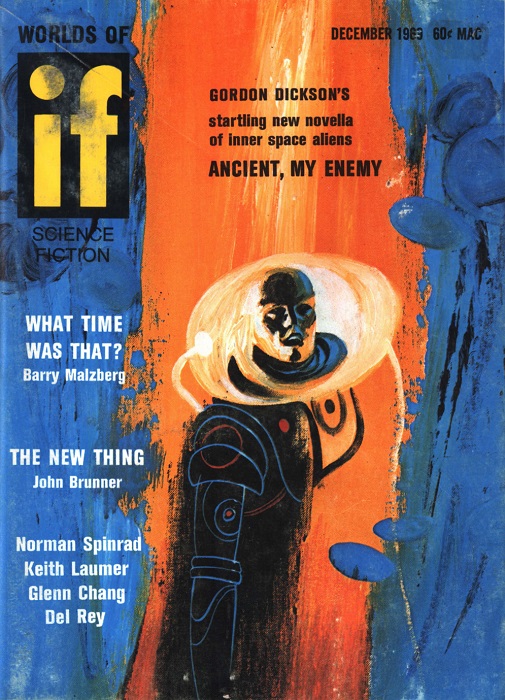 Vaguely suggested by Ancient, My Enemy. Art by Gaughan
Vaguely suggested by Ancient, My Enemy. Art by Gaughan![[October 2, 1969] Darkness, Darkness (November 1969 <i>IF</i>)](https://galacticjourney.org/wp-content/uploads/2024/09/IF-1969-11-Cover-503x372.jpg)
 King Idris from a couple of years ago.
King Idris from a couple of years ago. Libya’s new Prime Minister, Soliman Al Maghreby.
Libya’s new Prime Minister, Soliman Al Maghreby. This month’s cover depicts nothing in particular. Art by Gaughan
This month’s cover depicts nothing in particular. Art by Gaughan![[September 4, 1969] <i>Plus ça change</i> (October 1969 <i>IF</i>)](https://galacticjourney.org/wp-content/uploads/2024/08/IF-1969-10-Cover-487x372.jpg)
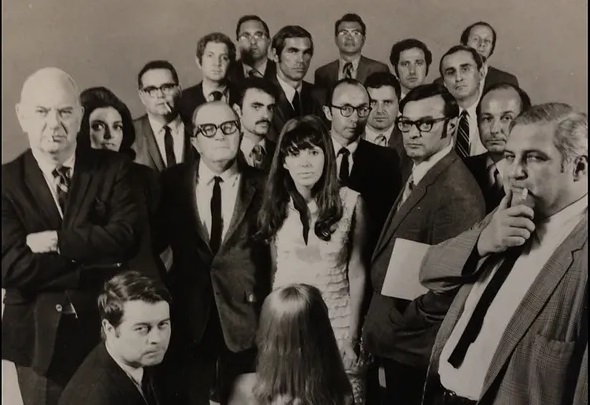 Penelope Ashe, in part, with the cover model superimposed.
Penelope Ashe, in part, with the cover model superimposed.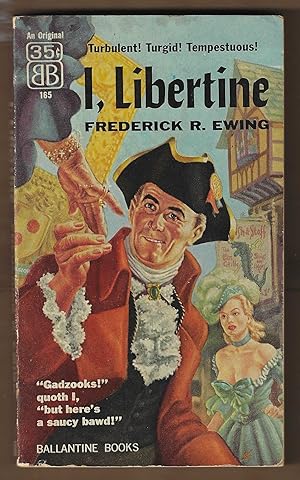
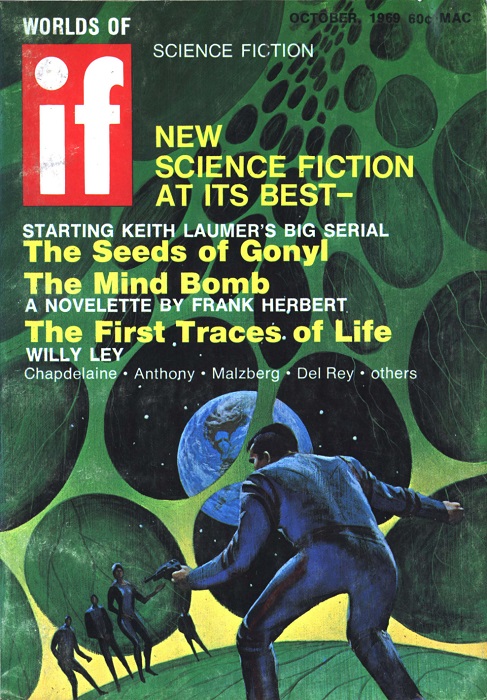 Supposedly for Seeds of Gonyl. If so, it’s from later in the novel. Art by Gaughan
Supposedly for Seeds of Gonyl. If so, it’s from later in the novel. Art by Gaughan![[August 2, 1969] Specters of the past (September 1969 <i>IF</i>)](https://galacticjourney.org/wp-content/uploads/2024/07/IF-1969-09-Cover-494x372.jpg)

 Salvadoran President and General Fidel Sanchez Hernandez inspecting the troops.
Salvadoran President and General Fidel Sanchez Hernandez inspecting the troops. A robot carrying off a fainting human woman. It’s not as old-fashioned as you might think. Art by Chaffee
A robot carrying off a fainting human woman. It’s not as old-fashioned as you might think. Art by Chaffee